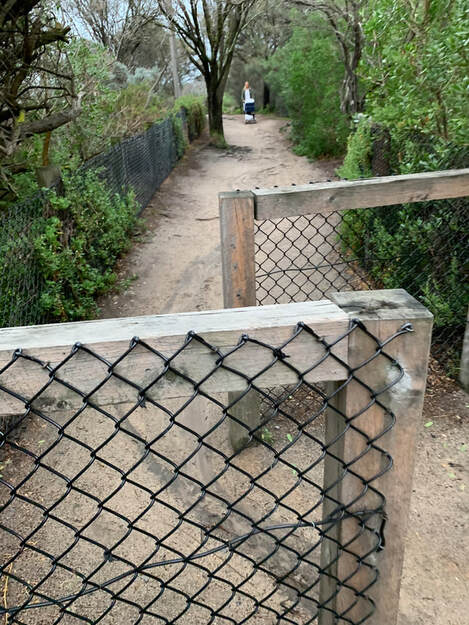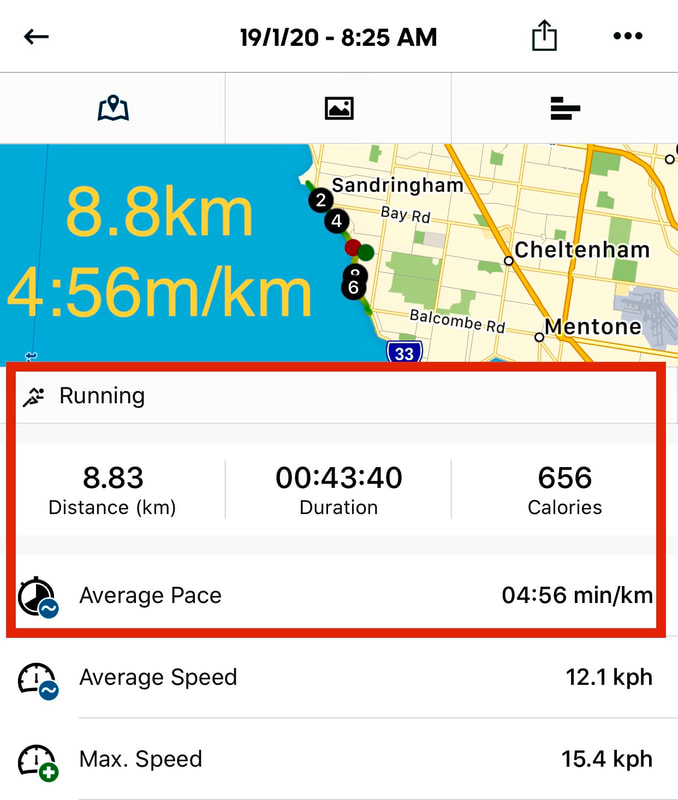|
SEARCH My Blog (Opens in new tab)
If you have a running goal then you need to build stamina
I've found that there's often confusion about what endurance and stamina mean, especially in the context of running.
If you don't know the difference, then you can't train specifically for one or the other. Yet training for one or the other can boost your everyday performance and get you to your time or distance goals faster. If you're focused on achieving a certain distance or time, then you need to be able to incorporate stamina training. And once you know the difference, you'll never forget, like riding a bicycle.
I pass a lot of people running these days - since I started running "3km a day" (which turned out to be 4.3km when I actually measured it on Runtastic!).
Almost all of them run at the same pace every day. Many run in pairs or small groups and chat. A lot just jog and seem to be always joggers. A few of them run at a solid pace (mostly the younger ones), and the occasional ultra-runner passes through the trail. For all those differences, they have something in common. The vast majority display some means of timing themselves, and often I see them checking their times. If they are timing themselves, then presumably they have a goal. If they have a goal and they wish to improve, then they need to do more than run at the same pace every run. Just running every day won't build stamina. Definition - this simple one clears your mind
I only started running two years ago, and I found the discussion about stamina confusing. Once I clarified my own definitions - below - I made good progress in my running by being able to identify specific things to improve my stamina.
It is in meeting goals where stamina training plays its part. So what is stamina:
That's my working definition, which will work for you if you are running to a set time or distance goal. What I mean is that defining stamina can get confusing. But it need not if you fit a particular category of a runner. Experts write long articles on stamina training for ultra-runners which are not only complicated but, confusingly, sound like they are advocating endurance training, not stamina training. That's because ultra-runners have varying distance targets. They might race 55 km or 70km or 200km, and in this case, stamina becomes a subset of endurance - the ability to finish. Most people, like me, think about fixed distances - 3km, 5km, 10km, a half or full marathon. Stamina training will indeed improve your endurance, but it plays a more significant role in improving your pace and manipulating your way through the course. Those who attack are applying their stamina
Think of a mountain stage on the Tour De France. The climbers who can attack and then attack again and hold out and attack again and hold out are the ones who win. That's stamina.
On a flat stage, the racers who can pull the peloton apart, or the breakaway group apart time and time again have a good chance to win. They go, and then they have to hold the pace. That's stamina. They know that if they do not apply their stamina, then the explosive power of the sprinters will come over the top at the finish. Interval training, in many guises
As a runner, you can apply stamina in many ways:
So how do you build stamina? In simple terms, you do interval training. Interval training includes:
Doing these types of intervals will build your metabolic capability to accelerate, move around obstacles, and sprint to the finish line. The two key variables that you can adjust to get variety are the recovery time, and the use of active recovery. Add more active recovery, or shorten recovery times to make the intervals more intense. Once a week, I run a 5km with a focus on stamina training. After warming up:
This stamina training has especially helped me in trail running. It helps me to accelerate around and from the various turns, obstacles and barriers along the trail and then to continue to keep up a strong pace. Of course, this stamina training will also build your metabolic efficiency and improve your endurance in the sense of enabling you to run faster over your chosen distance. Metabolically, endurance training will improve the efficiency of your aerobic energy system. Your lungs, heart and muscles will become more efficient at providing energy and clearing the metabolic waste. However, to be an effective distance runner requires having both an efficient and an effective metabolism. This means developing a responsive metabolism which is flexible and able to alternate between using different energy systems - namely the aerobic and the anaerobic (in particular the glycolytic pathway) systems. It's the latter which provides the bursts, the acceleration, and the ability to win. It's this which is the goal of stamina training. Try adding intervals into your training, and I'm sure that you will find yourself enjoying the variation, and enjoying the ability of your body to move through different cadences more comfortably. Let me know how you go. What's your definition of endurance versus stamina?
Follow me on Quora for more health and fitness tips.
If you enjoyed this article >> Follow me Leave a comment >> Share it >> Stay healthy If you have any questions email me and I will get back to you.  RSS Feed RSS Feed
Latest: get your free customised fitness plan designed uniquely for you.
|
ChoicesSince I was diagnosed at 50 with Type 2 diabetes I've been learning how to do bone-building fitness training which lowers my age. You can too. It's your choice. Walter Categories
All
Archives
May 2023
|







